If you’re looking forward to a baking adventure, baking powder is a must-have. And in most households, it’s a staple that we always have stored somewhere in the kitchen.
But if you’re not that big of a baker and don’t use the powder that often, questions about its shelf life and spoilage arise eventually.
And even if you use baking powder regularly, like for making pancakes every week, it takes some time until you go through the whole container. And when you find that your baked goods aren’t as fluffy as they used to, you might be wondering why.
More often than not, it’s the leavening agent’s fault, especially if the issue seems permanent, not a one-off thing. Because even though the powder doesn’t go bad like dairy or fruit, it loses its potency over time.
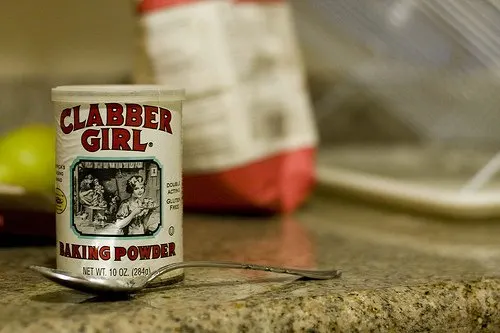
Can Baking Powder Ever Go Bad?
Baking powder, similarly to baking soda and most spices, doesn’t really go bad. Not on its own, at least.
If water gets to the package, clumps will form, and the product is pretty much useless. So if the powder is clumpy, wet, or there are any signs of organic growth, throw the powder out.
While baking powder doesn’t spoil in the traditional meaning of the word, its potency drops gradually. And at a certain point, the substance becomes useless, at least when it comes to using it for baking purposes. When exactly does that happen?
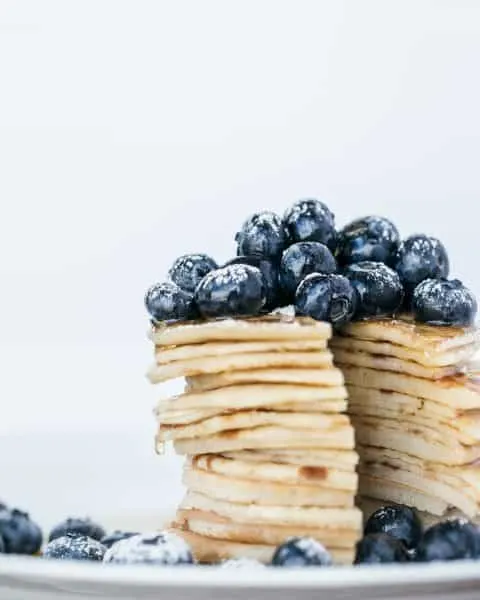
How Long Does Baking Powder Last?
Baking powder lasts around six months to one year [1].
No matter if you buy it in small packets or big containers, there should be a best-by date printed there. And that date is a pretty good indicator of how long, at the very least, the powder should stay potent.
Of course, it’s not like the substance will be rendered useless the next day or week. That date is always an estimate. And when it comes to baking powder, it should retain potency for at least a month past that date, possibly more.
| Room temp. | |
|---|---|
| Baking powder (unopened) | Best-by + 1 – 3 months |
| Baking powder (opened) | Best-by + 1 – 3 months |
But when you’re preparing for a critical baking project, like a birthday cake, or some baked goods for a family gathering, having an estimate isn’t good enough, right?
It’d be much better to have a sure-fire way of telling if the powder is still potent or not. And fortunately for all of us occasional bakers, there is.
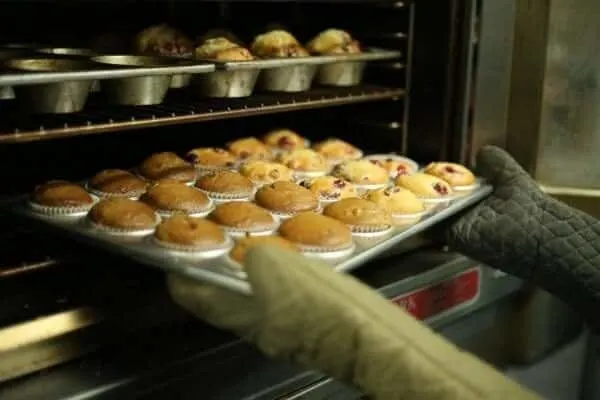
How To Test If Baking Powder Is Still Good?
Testing whether the baking powder is still active is super simple. You just need half a teaspoon of the substance and some boiling or very hot water [1].
Put the powder in a bowl and pour about 1/4 cup (~60 ml) of the water over it. The solution should bubble immediately. You should end up with a decent amount of foam on top. Something like this:
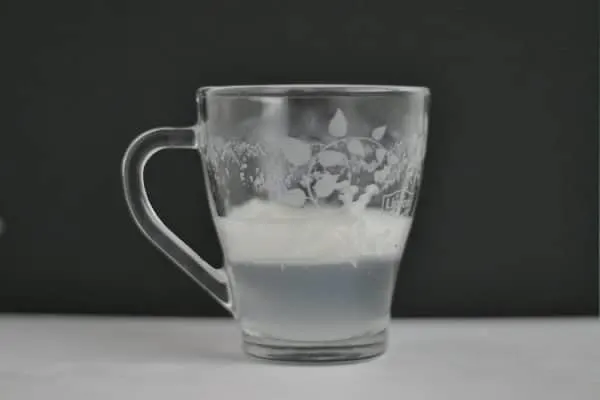
If it doesn’t fizz, or only foams a little, the baking powder is old and useless for baking. Discard it and open a fresh one.
If you have some opened or even unopened “expired” baking powder, always test it before using it. Especially if you haven’t used it in more than a couple of weeks. If you bake pancakes with it regularly, and they turn out just fine, you can be reasonably sure the leavening agent does its job.
How to test if baking powder is still okay
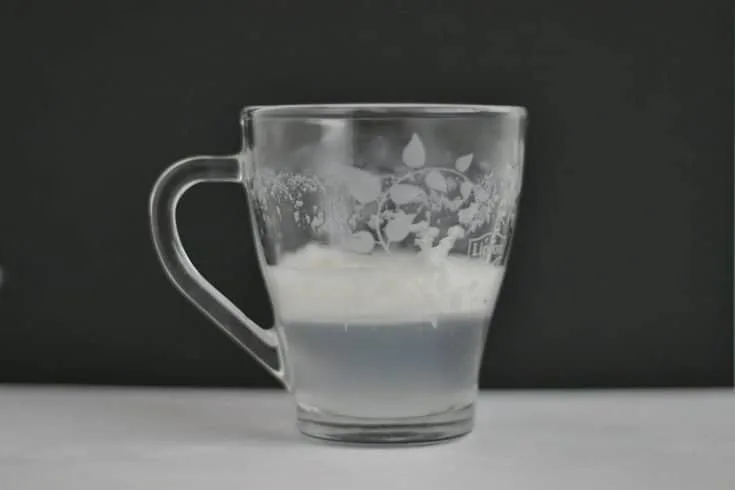
A quick and easy way to test if your baking powder is still potent.
Materials
- Half teaspoon of baking powder
Tools
- Glass water pitcher or any other vessel
Instructions
- Measure 1/4 cup (~60 ml) of water and boil it.
- Transfer the powder to the vessel.
- Pour the boiling water over the baking powder.
- If it bubbles right away, the powder is still potent. If it doesn't fizz or only foams a little, it has lost its potency.
Unfortunately, it’s not that easy to test if pancake mix is still potent, and it’s basically impossible to say if expired cake mix will rise.
Now that you know how to test the potency of baking powder, there’s one more thing I’d like to cover.
If you transfer baking ingredients such as flour, baking soda, and baking powder to unlabeled containers, it’s easy to get them mixed up. Especially the last two, as they serve a similar purpose.
Fortunately, it’s easy to deal with this situation too.
How To Identify Baking Powder and Baking Soda?
There are some slight differences in texture between baking powder and baking soda. The latter looks a bit more grainy and feels somewhat coarser than the former [2].
But these are just minor differences, and if you don’t have both on hand to compare, it’s difficult to say which one you have.
Fortunately, baking soda has a similar process for testing its potency. The difference between both substances is that baking soda requires acid (like vinegar or lemon juice) to react [3]. It doesn’t react with water alone.
So you can run the baking powder potency test first, and if water bubbles, you know it’s baking powder. If it doesn’t, run the baking soda potency test described in the linked article to find out if it’s potent soda.
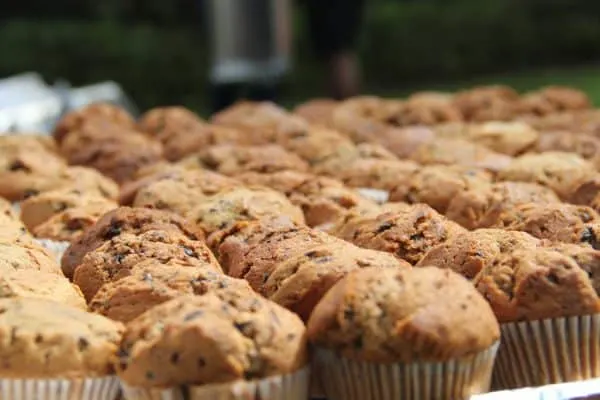
How To Store Baking Powder?
When it comes to storage guidelines, keep the baking powder in a cool and dry place, away from any sources of moisture.
If the substance is in a paper bag, after opening you can transfer it to an airtight container for bonus points. And if you take good and proper care of the container, its contents won’t ever “spoil.” They will still lose potency over time, though.
In a Nutshell
- Keep at room temperature, away from moisture
- If it’s near or past the date on the container, check its potency using hot water
- When not sure if what you’ve got is baking soda or powder, use the potency test for both do determine which one you have